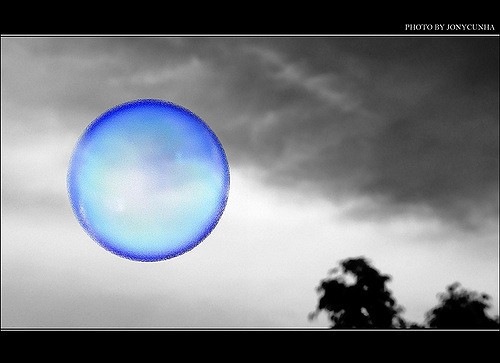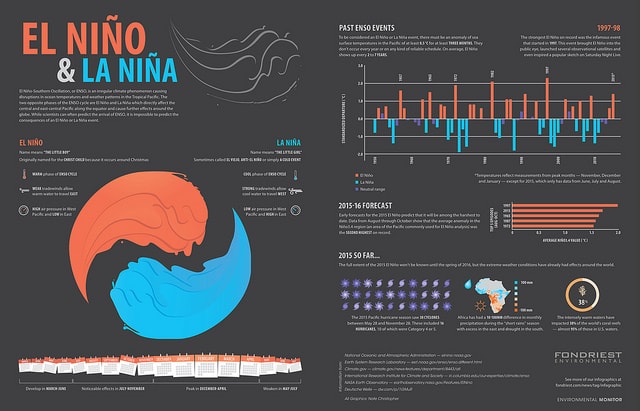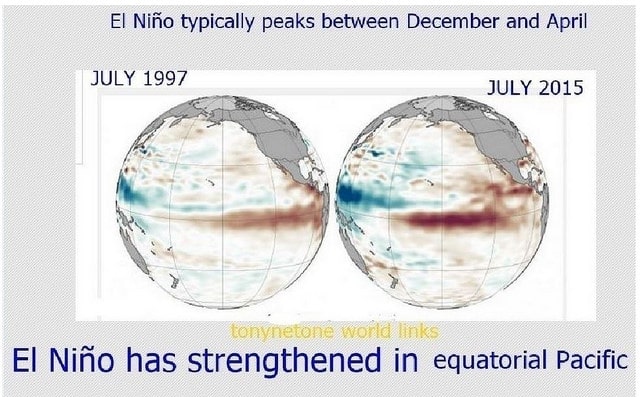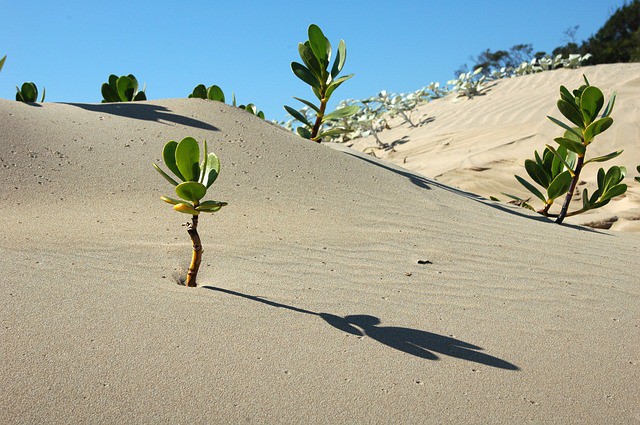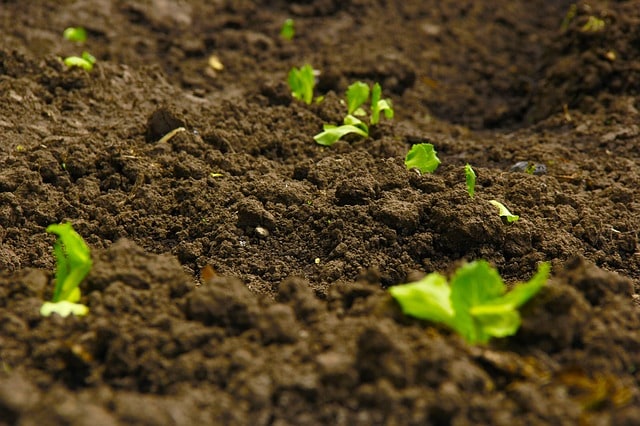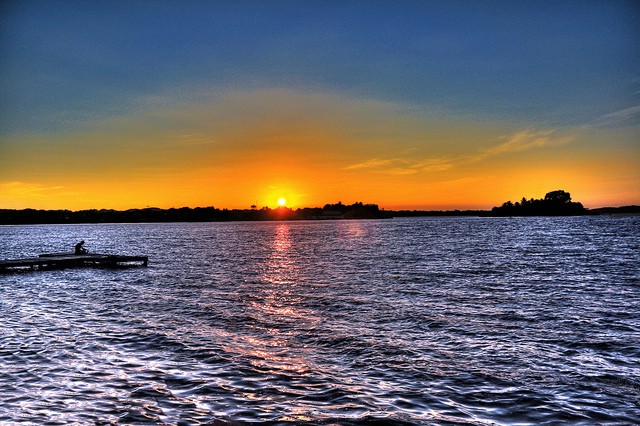Causes, Effects and Solutions of Ozone Layer Depletion
The Ozone layer is a deep blanket in the stratosphere made up of comparatively high concentration of the ozone. As a result of its chemical composition, ozone is regarded as a special type of oxygen as it contains three oxygen molecules (O3) as opposed to the usual two oxygen molecules (O2). The ozone layer encircles…

